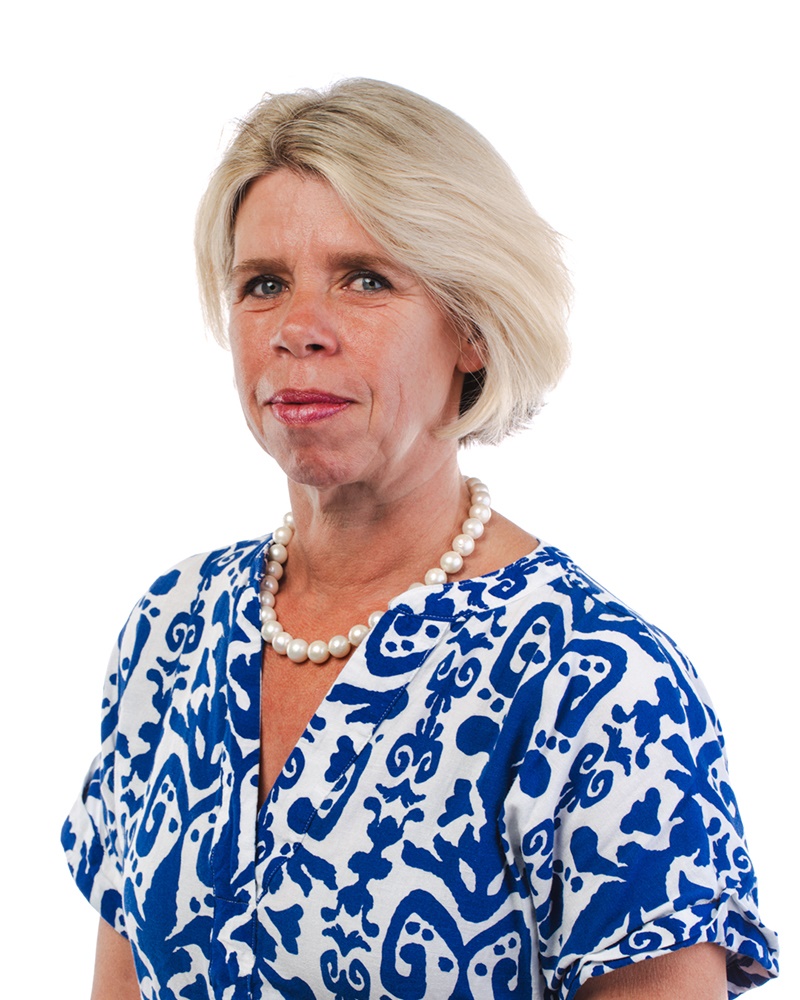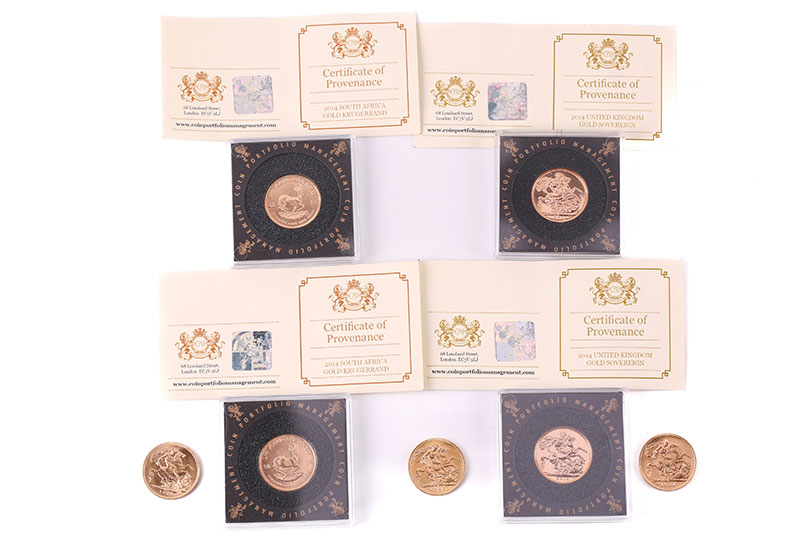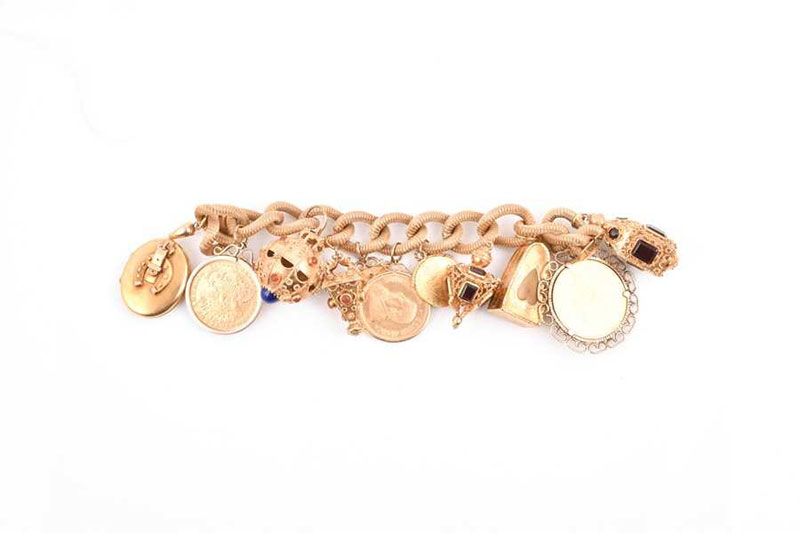How valuable is a Krugerrand?
Between the 1960s and early 1980s, the Krugerrand was responsible for 90% of the global coin market
13/05/2025
The Krugerrand is one of the most famous and widely recognised gold coins in the world. First introduced by the South African Mint in 1967, it was named after Paul Kruger, the former president of the South African Republic, and the Rand, the country's unit of currency. Kruger is portrayed on one side, while the reverse side features a springbok antelope, a symbol of South Africa. The coin has a rich history that is inextricably linked with South Africa's economic and political landscape.
2018 South Africa Mint 2 oz Proof Gold Krugerrand
The introduction of the Krugerrand was a strategic move to increase the international market for South African gold, of which, during the mid-20th century, South Africa was the most significant global producer. The Krugerrand was designed to be used as an investment vehicle because gold is seen as a stable and reliable entity, especially during periods of economic uncertainty. With its one-ounce gold content, the Krugerrand provided a straightforward way for investors to purchase and hold gold. It was also designed as a legal tender, which allowed it to be traded freely,making it a versatile commodity for investors.
At its peak, between the late 1960s and early 1980s, the Krugerrand was responsible for 90% of the global coin market. However, following an import embargo by the US government from 1985 to 1991 as a sanction against apartheid, popularity plummeted, and bullion coins produced by other countries, such as the Gold Brittania and the American Gold Eagle, took a share of the market. However, today, the coins are highly valuable and sought after by collectors and investors alike.
Several factors contribute to the Krugerrand's lasting value and popularity. The coin is made of pure gold, which is itself a highly sought-after commodity. Each Krugerrand is made of 22-carat gold, equivalent to 91.67% pure gold composition, with a copper alloy that enhances the coin's durability. This gold content ensures that the Krugerrand retains intrinsic value regardless of market fluctuations.
Although metal content is the main factor determining the Krugerrand's value, other factors include its finish type, graded condition, rarity, and historical importance. For instance, the varying outputs of the Mint over the years have added to the coin's collector appeal; 20,000 were minted in 1968 as opposed to 3,203,000 in 1974, reflecting the demand for Krugerrand as popularity grew. Earlier coins are rarer as a result and can command a premium.
Dawsons have years of experience assessing, valuing, and selling Krugerrand at auction. Recent successes include a 1981 cased coin that achieved £1300 and a 50th anniversary 2017 commemorative edition that sold for £1800. Generally, however, a Krugerrand’s value is based on the current global gold market.
Yellow gold charm bracelet featuring a 1977 Krugerrand gold coin
The expert team at Dawsons offers comprehensive support throughout the sales process, from a complimentary current market valuation and in-house global marketing to final sale. Our sales are marketed to a huge internationalaudience of collectors and investors… The aim is simple, we want your Krugerrand(s) to achieve the best possibleprice(s) at auction.
read more
Are Proof Coins Sets Valuable?
Which Sovereigns Are Worth the Most?
Why Are Krugerrands so Expensive?

Nicky Houston
Our Head of Department - Jewellery, Silver & Watches... Nicky is a highly respected Auctioneer & Valuer, who had dreams of becoming an artist. Whilst she may not have made it as a successful artist herself, Nicky has helped many a customer to successfully sell and buy beautiful pieces of jewellery and works of art over her many years working within the auction industry.
Jewellery Silver & Objects of Virtue Watches
Are you thinking of selling any Krugerrands?
With a global audience of more than 10 million known bidders, Dawsons can secure the highest prices.
Get in touch with an expert Valuer for confidential sales advice, we would be delighted to help you:


